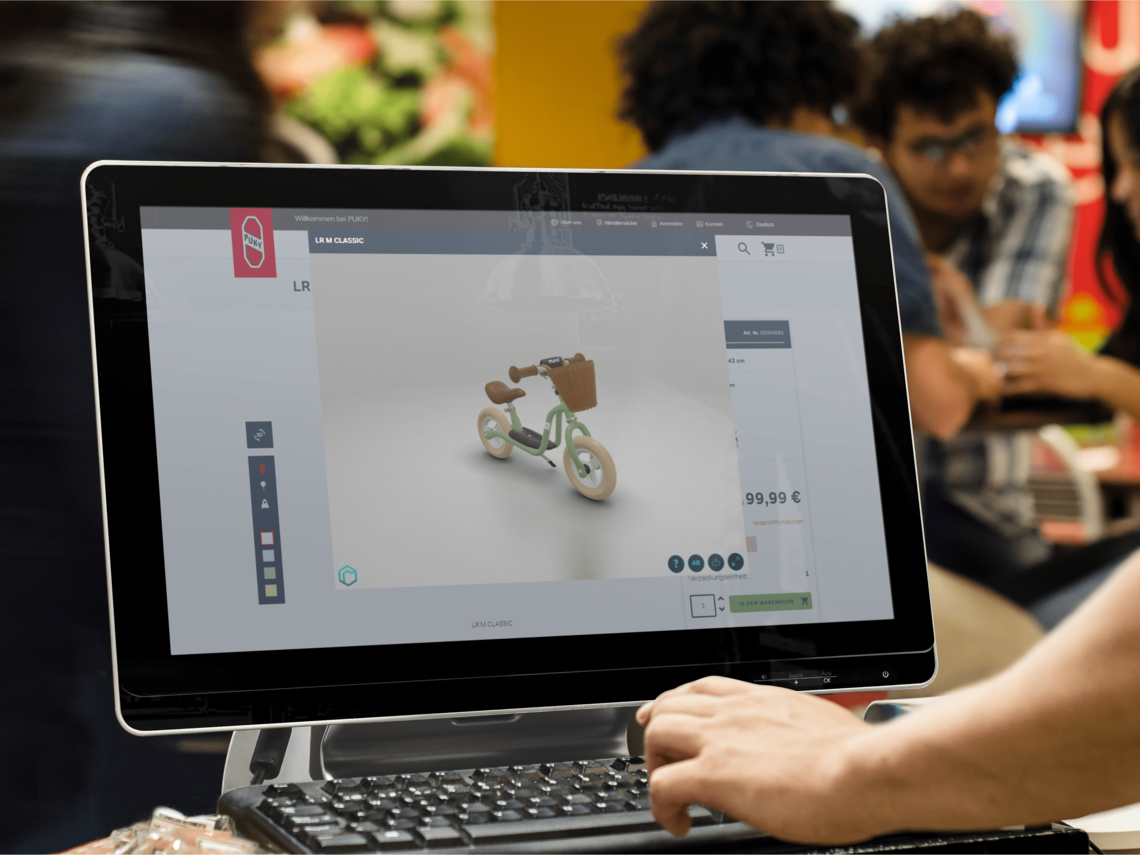
3D visualization
In the fast-paced world of business, staying ahead of the competition is a constant challenge. As technology evolves, brands are exploring innovative ways to captivate their audience during product launches. One trend that has gained significant traction in recent years is the use of 3D visualization. In this article, we’ll delve into why brands are increasingly opting for 3D visualization when introducing their latest products to the market.
The Power of Immersive Experiences
In a digital age where attention spans are shrinking, brands recognize the need to create memorable experiences for their audience. 3D visualization allows for the development of immersive and interactive presentations that go beyond traditional 2D imagery. By leveraging this technology, brands can showcase their products in a virtual environment, enabling customers to explore every detail from the comfort of their homes.
Case Study: Automotive Industry
Take the automotive industry, for example. Car manufacturers are harnessing the power of 3D visualization to provide potential buyers with a virtual test drive experience. Users can explore the interior and exterior of a vehicle, customize features, and even take it for a simulated spin. This not only enhances the customer’s engagement but also bridges the gap between the online and offline shopping experience.
Cost-Efficiency and Sustainability
Traditional product launches often involve elaborate physical setups, prototypes, and printed materials, contributing to significant costs and environmental impact. Brands are now turning to 3D visualization as a cost-effective and sustainable alternative. Creating digital prototypes reduces the need for physical samples, minimizing production costs and environmental waste.
Real Estate Sector
In the real estate sector, 3D visualization has become a game-changer. Property developers can create virtual walkthroughs of homes and apartments, allowing potential buyers to visualize the space without the need for onsite visits. This not only saves time and resources but also aligns with the growing demand for sustainable business practices.
Enhanced Customization and Personalization
Consumers today crave personalized experiences. Brands are leveraging 3D visualization to cater to this demand by offering customizable product experiences. From choosing colors and features to virtually trying on apparel, customers can actively participate in the design process, fostering a sense of ownership and connection with the brand.
Fashion Industry
In the fashion industry, brands are implementing 3D visualization to revolutionize the way consumers shop for clothing. Virtual fitting rooms powered by augmented reality enable customers to try on garments virtually, ensuring a perfect fit before making a purchase. This level of customization not only reduces the likelihood of returns but also enhances customer satisfaction.
Global Accessibility and Market Expansion
One of the key advantages of 3D visualization is its ability to transcend geographical boundaries. Brands can reach a global audience without the need for physical presence. This is particularly beneficial for businesses looking to expand into new markets without the logistical challenges of traditional product launches.
Tech Gadgets Launch
Tech companies launching new gadgets, for instance, can host virtual events accessible to audiences worldwide. Attendees can interact with 3D models of the products, ask questions in real-time, and experience the launch as if they were physically present. This not only broadens the reach but also positions the brand as forward-thinking and technologically savvy.
Boosting Pre-launch Hype and Marketing Efforts
Creating anticipation and excitement before a product launch is crucial for its success. 3D visualization offers marketers a powerful tool to generate pre-launch hype. Teasers, trailers, and interactive sneak peeks can be crafted to build suspense and curiosity, keeping the audience engaged in the lead-up to the big reveal.
Consumer Electronics Example
Consider the consumer electronics sector, where new smartphones are highly anticipated. Brands use 3D visualization to release teaser videos showcasing the sleek design and innovative features, creating a buzz on social media platforms. This not only fuels speculation but also ensures that consumers are eagerly awaiting the official launch.
External Link for Further Insights
As we’ve explored the various reasons why brands are increasingly turning to 3D visualization for product launches, it’s essential to stay informed about the latest trends and insights. Market Business News provides a wealth of information on business, technology, and market trends. For additional perspectives on innovative strategies, check out Market Business News.
Conclusion
In a world where first impressions matter, brands are recognizing the potential of 3D visualization to make a lasting impact during product launches. From creating immersive experiences to reducing costs and reaching a global audience, the benefits are clear. As technology continues to advance, it’s safe to say that the trend of incorporating 3D visualization into product launch strategies is here to stay.
By embracing this innovative approach, brands not only differentiate themselves in the market but also cater to the evolving preferences of today’s consumers. As we look to the future, the continued evolution of 3D visualization promises even more exciting possibilities for brands willing to push the boundaries of traditional product launches.





